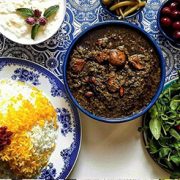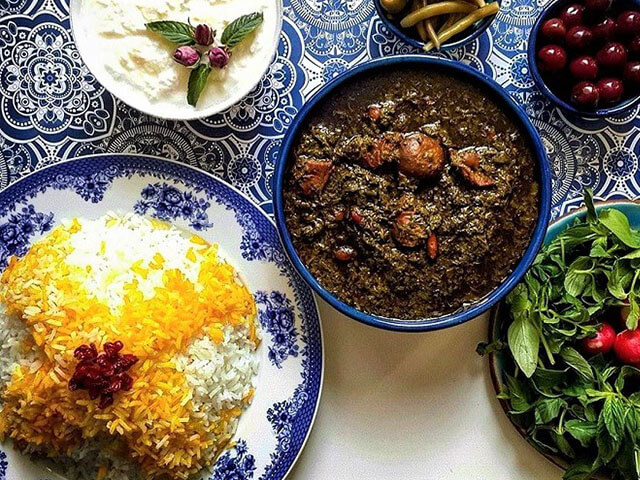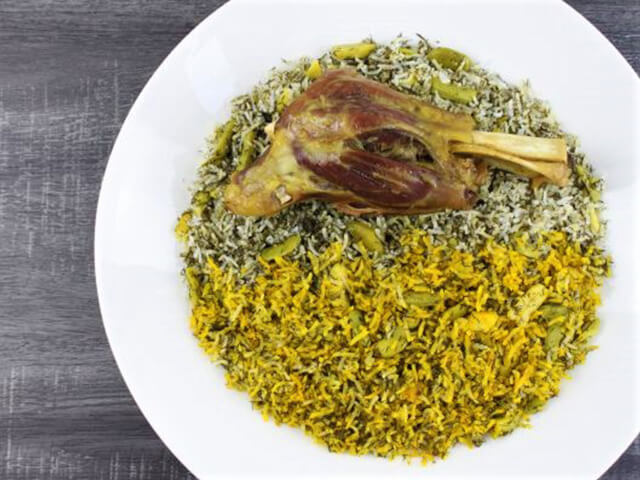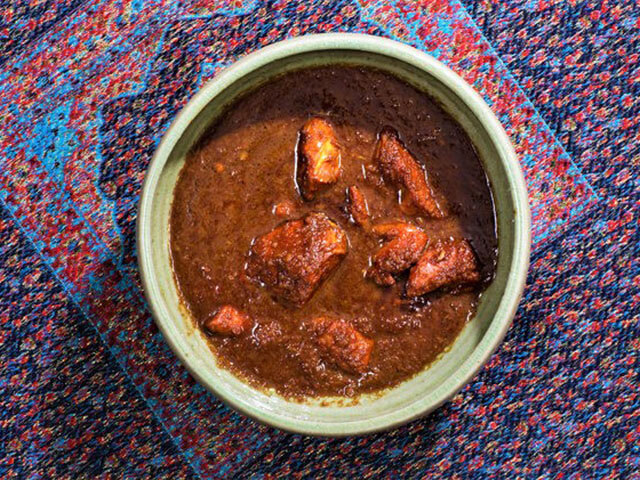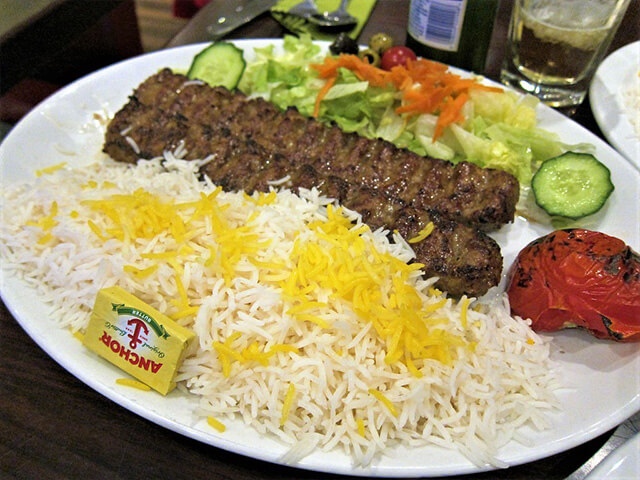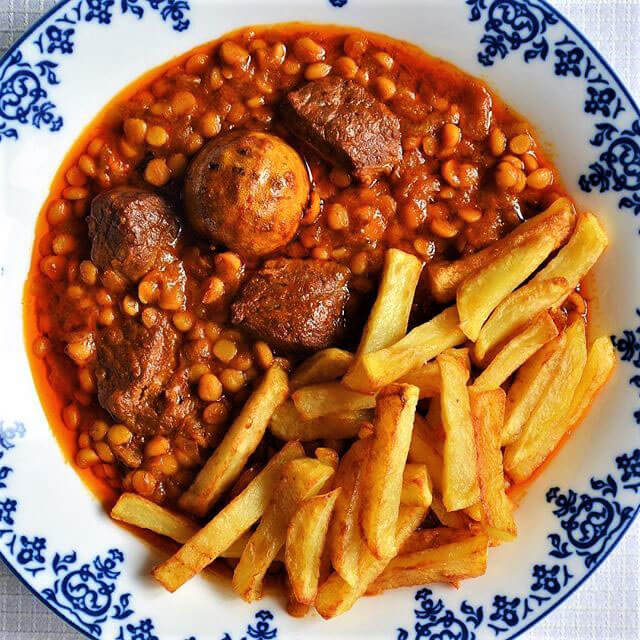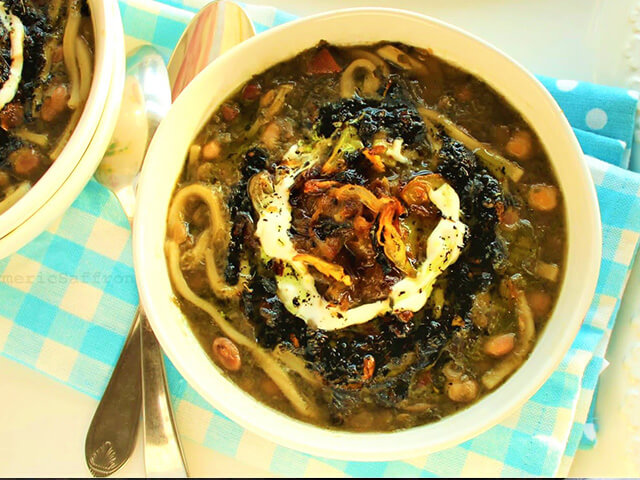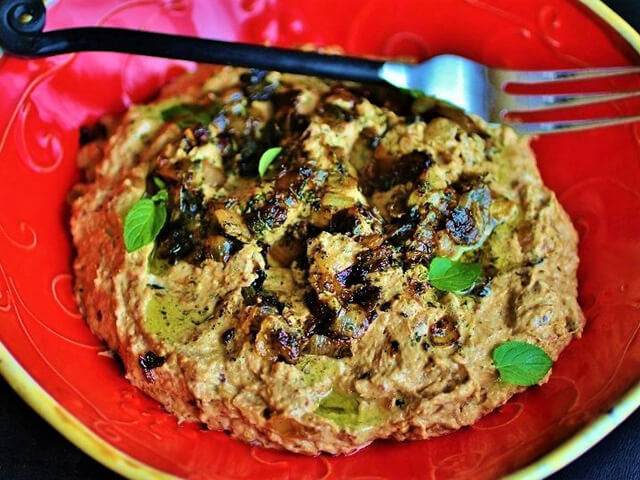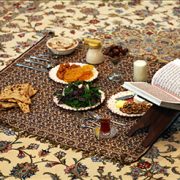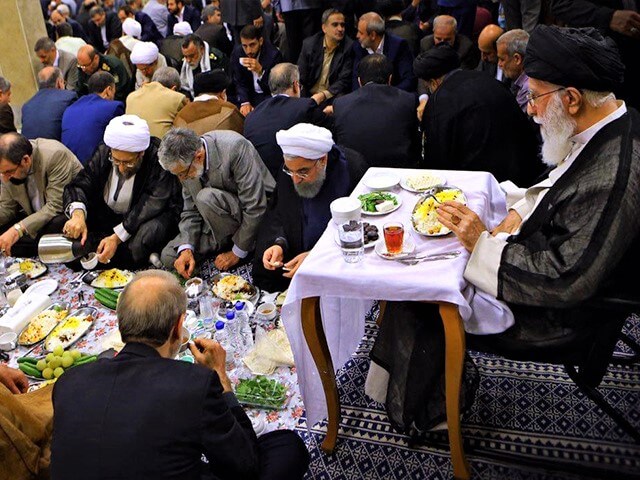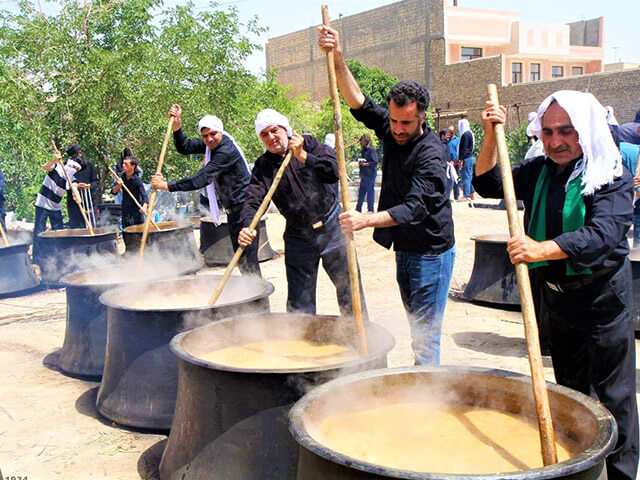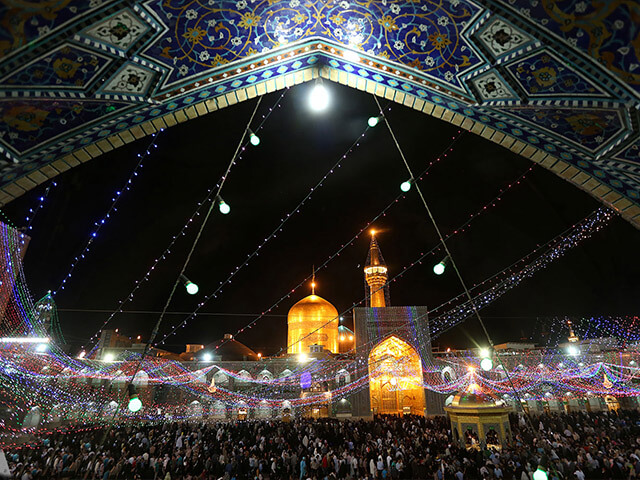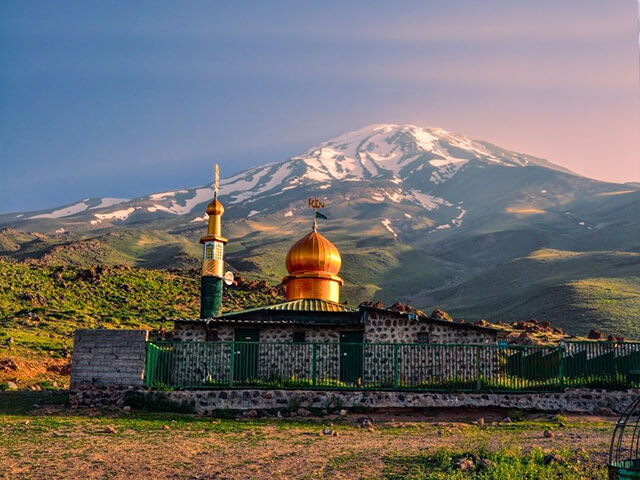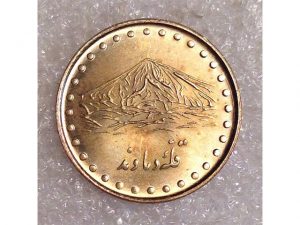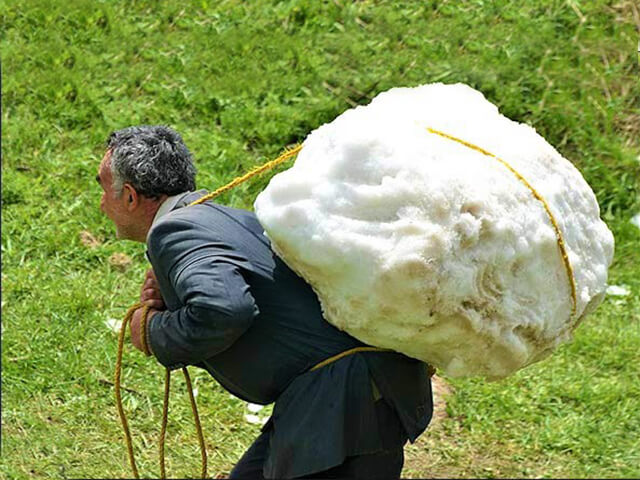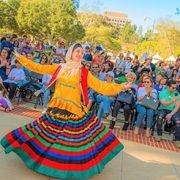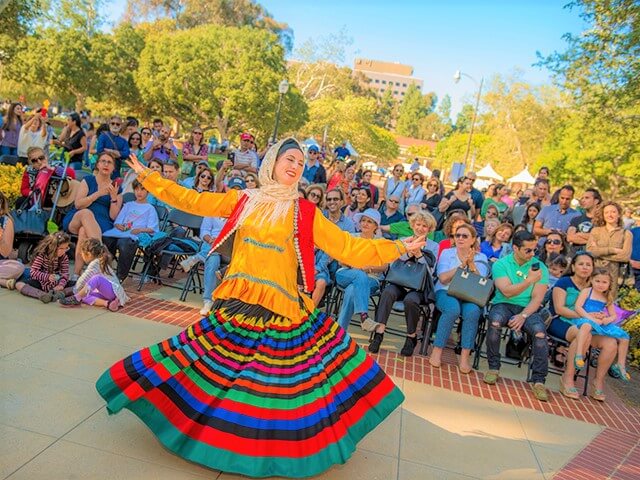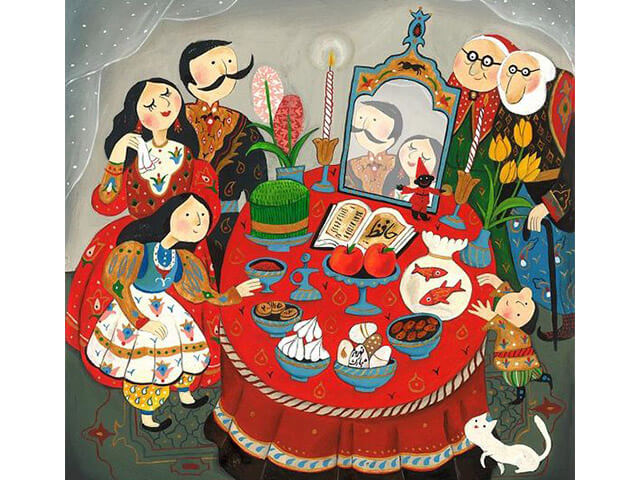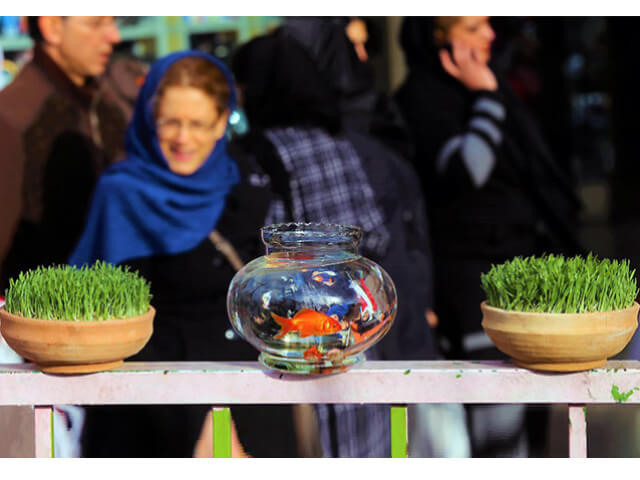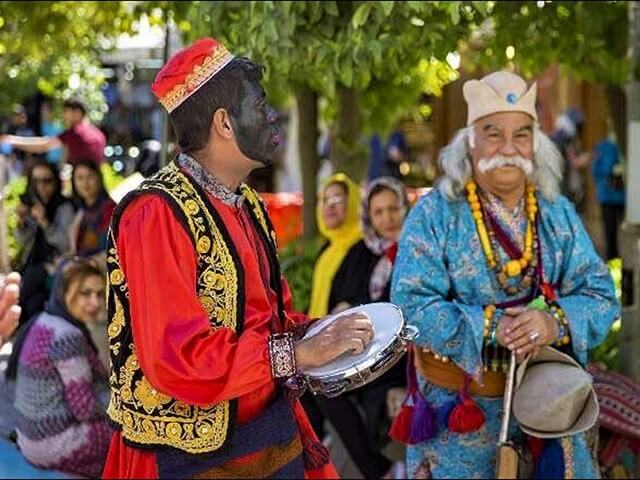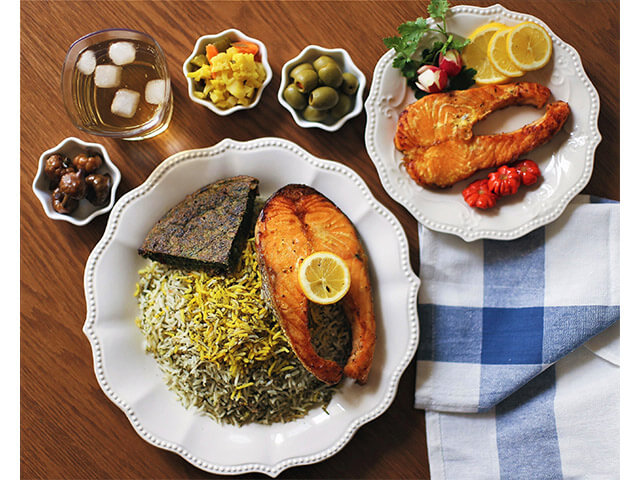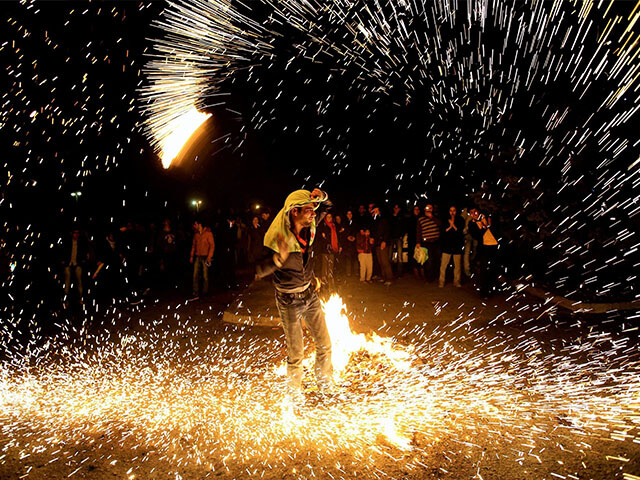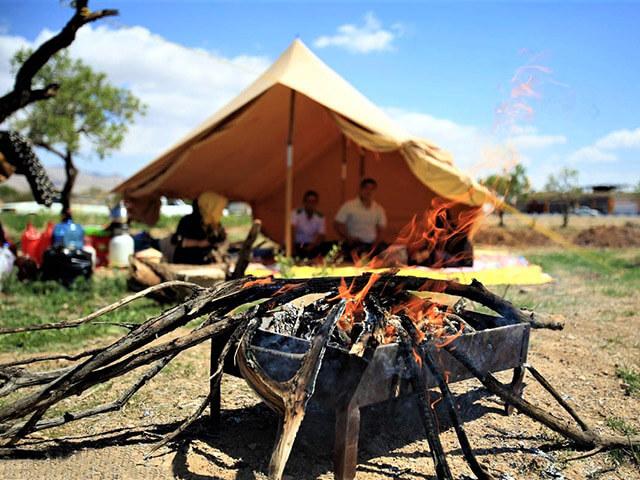10 Most Popular Iranian Foods
Tasting the traditional food of the place you travel is one of the best aspects of traveling. Eating the amazingly delicious Iranian foods is no exception. Moreover, the diversity of stews, kebabs, and deserts might surprise you as they might all be brand new tastes for you. Furthermore, this diversity of foods include vegan meals, which might be a relief for vegetarian tourists. Here we want to introduce some of the most popular and well-known dishes in Persian cuisine and their ingredients.
Ghormeh Sabzi
Ingredients:
- Herbs (fenugreek, parsley, and coriander)
- Red Kidney beans
- Lamb
Almost all of the Iranians love this stew, which makes it the most popular food in Iran. The interesting fact about it is that its recipe hasn’t changed over time. In other words, the Ghormeh Sabzi that now Iranians cooks is similar to what they used for cooking a hundred years ago! But, its ingredients might vary in different regions of Iran. For example, its components in Shiraz might be potatoes instead of beans. Also, some omit the lamb and add mushrooms alternatively. This way, it turns into vegan food. Iranians serve this stew with rice as well as other Iranian stews.
Zereshk Polo
Ingredients:
- Rice
- Chicken
- Barberries
The color of barberries in this rice dish is so eye-catching that makes it the prettiest Iranian food. It’s simple food but has a unique taste due to the mixture of sugar and sour barberries. Also, sometimes Iranians add slices of pistachio, which makes it even more delicious. Moreover, depending on the chef, the taste of chicken might be different. Some make it with a special sour sauce.
Baghali Polo
Ingredients:
- Rice
- Fava Beans
- Dill
- Chicken/Meat
Baghali Polo is another Iranian’s favorite rice dish which has fava beans, dill, and saffron in it. Usually, Iranians serve it with chicken or meat cooked with a special sauce. Moreover, it’s particularly very tasty during the spring because of the fresh fava beans at that time of the year.
Fesenjan Stew
Ingredients:
- Chicken
- Pomegranate Sauce
- Walnuts
Fesenjan is an Iranian stew with a long history. The stone tablets found in Persepolis show the components of this stew in a list of pantry staples. In addition, depending on the region, Iranians make this stew sour or sweet. The amazing pomegranate sauce gives this stew a sour taste, and the pieces of walnut make it even tastier. Iranians serve this stew with rice as well as other stews.
Kebab Koobideh
Ingredients
- Onion
- Ground Lamb
- Salt and pepper
Iranians make various kind of kebab with different meats or chicken. But, Koobideh is somehow different than others. For making Koobideh Iranians mince the ground lamb and mix it with onion, salt, and pepper. Iranians eat this toothsome unique kebab with rice and butter. Also, some add grilled tomatoes as a side dish to it, which is also very simple but unbelievably tasty.
Gheymeh Stew
Ingredients:
- Meat
- Tomatoes
- Split Peas
- Onion
- Dried Limes (Limoo Amani)
The name “ Gheymeh” refers to how the small cubes of beef in this stew. The tomatoes make a sublime sauce and the pieces of meat float in it. Also, as an extra part, some fry slices of potatoes and add them to it. Additionally, the dried limes give a bit sour flavor to Gheymeh. As well as the other stews, Iranians eat this stew.
Recommended Dishes For Vegetarians
Ash-e Reshteh
Ingredients:
- Herbs (parsley, spinach, coriander, and dill)
- Chickpeas
- Beans
- Noodles
Ash is a thick soup that some know it as a vegetable and noodle soup. Moreover, Iranians eat Ash-e Reshteh as a tradition in Chaharshanbeh Soori celebration. But, it doesn’t mean they have to eat it on special occasions. There are various types of Ash in Iran, yet Ash-e Reshteh is the most popular among them. Moreover, you can add curd, mint and fried onion when eating it, which makes it even more delicious. This tasty traditional soup can also be an excellent choice for vegetarians.
Kashk-e Bademjan
Ingredients:
- Eggplant
- Curd
- Garlic
- Mint
Kashk-e Bademjan is an exquisite appetizer that originates from northern regions of Iran. It’s simple food yet; it’s mouth-watering. Also, you can eat it as a main course with bread. In some of the regions of Iran, you might see walnuts in it as well. However, it’s a brilliant food for vegetarians.
Baghali Ghatogh
Ingredients:
- Fava Beans
- Egg
- Garlic
- Dill
It’s another dish from the north of Iran, which is also an excellent choice for vegetarians that don’t mind eating eggs. Moreover, in northern regions, people consider Baghali Ghatogh a stew and eat it with rice. However, you can eat it with bread as well.
Kuku Sabzi
Ingredients:
- Herbs (Parsley, Scallions, Dill, and Cilantro)
- Egg
Kuku Sabzi is an Iranian herbs omelet. Also, some add other types of herbs to it, such as baby spinach. The egg binds all the herbs together. Moreover, some might add walnuts or barberries to it as well. Also, serving it with yogurt makes the taste even more brilliant.
Desserts
Saffron Ice Cream (Iranian Ice Cream)
Ingredients:
- Milk
- Eggs
- Sugar
- Rosewater
- Saffron
- Vanilla
- Pistachios
You can be sure that the taste of this ice cream is not like any other ice cream you have tasted before. The feeling of saffron, rosewater, and pistachio makes eating it addictive and unforgettable. Also, traditionally Iranians put it between two wafers, but it’s good enough for eating it without wafers as well.
Faloodeh
Ingredients:
- Vermicelli Noodles
- Rosewater
- Sugar
Faloodeh, one of the most beloved Iranian dessert, gives you a pleasant feeling in the hot summers of Iran. Furthermore, this frozen dessert consists of frozen Vermicelli noodles and frozen syrup of rosewater and sugar. Also, you can also add lemon juice or cherry syrup as extras to it. Moreover, some of the Iranian ice cream shops add saffron ice cream to it as well. So, you can have a mixture of these two heavenly delicious Iranian desserts as well!
Drinks
Dough
- Yogurt
- Salt
- Mint
This classic refreshing yogurt-based Iranian drink is one of the most admired drinks for Iranians. Also, this drink is favorite in other regions of the Middle East as well. Iranians usually have it with traditional foods such as Kebabs. Also, you should be aware that the yogurt in it can make you a bit sleepy. So, be careful not to drink it before doing important things!

